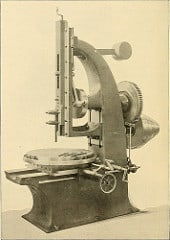
[Read more…]Fred i was asked this question and wanted to know what your thoughts were on this. R and D asked me what was the criteria to decide if to test at a component level or at a system level , my answer was that it should depend on what is the reliability and confidence level of the component
your thoughts?
thanks
sd















 Math, Statistics, and Engineering
Math, Statistics, and Engineering